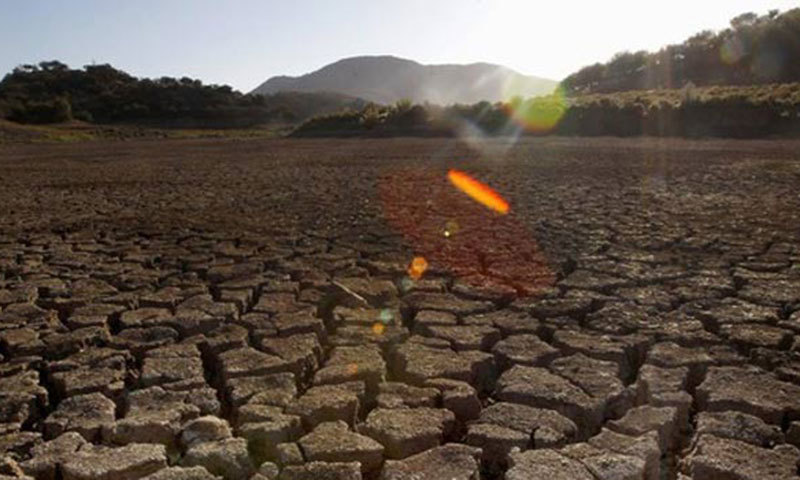
Empowering Students to Combat Climate Change
Climate change is one of the most pressing global challenges of our time. The effects of rising temperatures, melting glaciers, extreme weather events, and sea-level rise are already becoming evident. To address this crisis effectively, we must empower the next generation – our students. In this essay, we will explore the importance of educating and engaging students in the fight against climate change and discuss various strategies and initiatives that can help empower them.
Introduction
Climate change is no longer a distant threat; it’s a reality that is impacting the lives of people around the world. The youth of today will inherit the consequences of our actions or inactions on climate change. Therefore, it is essential to empower students to take an active role in combating this global challenge. This essay aims to discuss the significance of involving students in climate action and presents various ways to empower them.
Understanding the Science of Climate Change
The Foundation of Climate Literacy
To empower students to combat climate change effectively, they need a strong understanding of the science behind it. A solid foundation in climate science is crucial for making informed decisions and advocating for sustainable policies. Schools should integrate climate education into their curricula, ensuring that students are equipped with the knowledge and skills necessary to comprehend the complexities of climate change.

Encouraging Critical Thinking
Critical thinking is essential when addressing climate change. Students must be encouraged to analyze data, evaluate sources of information, and think critically about the causes and consequences of climate change. Fostering this ability will enable them to differentiate between credible climate science and misinformation.
Fostering Climate Consciousness
Raising Awareness
One of the first steps in empowering students to combat climate change is raising awareness. Schools can organize workshops, seminars, and awareness campaigns to educate students about the severity of the issue. This not only imparts knowledge but also motivates students to take action.
Connecting Local and Global Issues
Climate change is a global problem with local manifestations. It’s crucial to connect students with local climate-related issues that impact their communities. By understanding how climate change affects their daily lives, students become more motivated to address it.

Encouraging Sustainable Lifestyles
Promoting Green Initiatives
Educational institutions should lead by example by implementing sustainable practices on their campuses. This includes energy-efficient buildings, waste reduction programs, and promoting public transportation or carpooling. By witnessing these initiatives, students can learn the importance of sustainable living.
Incorporating Environmental Education
Environmental education can be woven into various subjects, helping students understand how their actions, choices, and lifestyles impact the environment. This interdisciplinary approach can foster a deep sense of responsibility and environmental stewardship among students.
Student-Led Initiatives
Empowering Student Councils
Empowering student councils to take the lead in climate initiatives can be highly effective. Encouraging students to propose and implement green projects within their schools can instill a sense of ownership and responsibility.
Green Clubs and Environmental Activism
Establishing green clubs and encouraging environmental activism within schools can be a powerful way to empower students. These clubs can organize tree-planting events, recycling drives, and awareness campaigns. This hands-on involvement can have a lasting impact on students’ commitment to climate action.
Leveraging Technology and Social Media
The Power of Social Media
In the digital age, social media platforms are powerful tools for raising awareness and mobilizing support for climate action. Students can utilize social media to amplify their voices and connect with like-minded individuals and organizations globally.

Educational Apps and Platforms
Technology can be harnessed for educational purposes. There are numerous apps and online platforms that provide information, quizzes, and interactive activities related to climate change. Integrating these into the educational process can make learning about climate change engaging and informative.
Partnerships with Environmental Organizations
Collaborating with NGOs
Schools can partner with environmental non-governmental organizations (NGOs) to provide students with opportunities for real-world engagement. These partnerships can lead to field trips, internships, and volunteering opportunities, allowing students to gain practical experience in environmental conservation.
Access to Expertise
Environmental organizations often have experts who can conduct workshops and lectures for students. These interactions can provide valuable insights and inspiration for students interested in pursuing careers in environmental fields.
Advocacy and Policy Engagement
Encouraging Civic Engagement
Students can be encouraged to become active citizens by participating in climate advocacy and policy engagement. This can involve writing letters to elected officials, attending climate rallies, or even working as interns in legislative offices.
Mock Climate Negotiations
Organizing mock climate negotiations within schools can help students understand the complexities of international climate agreements. It encourages critical thinking and negotiation skills while raising awareness about global climate policies.

Conclusion
Empowering students to combat climate change is not just an educational necessity but a moral imperative. The youth of today will be the leaders and decision-makers of tomorrow, and they need to be equipped with the knowledge, skills, and motivation to tackle this global crisis. By providing a strong foundation in climate science, fostering climate consciousness, encouraging sustainable lifestyles, supporting student-led initiatives, leveraging technology, forming partnerships, and promoting advocacy and policy engagement, we can inspire and enable the next generation to be effective agents of change. Through these efforts, students can not only combat climate change but also shape a more sustainable and resilient future for our planet.
All Categories
- Agricultural Methods
- Agriculture and Women Small Farmers Rights Awareness
- Climate Change
- Disable and Human Rights
- Disable Jobs
- Donation
- Education
- Health Issues
- Organic Foods
- Organic Vegetables
- Orphans Children
- Plastic production and disposal
- Services
- Sinking in Scarcity
- Success Stories
- Uncategorized
- Waste Management
- Women Rights
- Youth Empowerment




